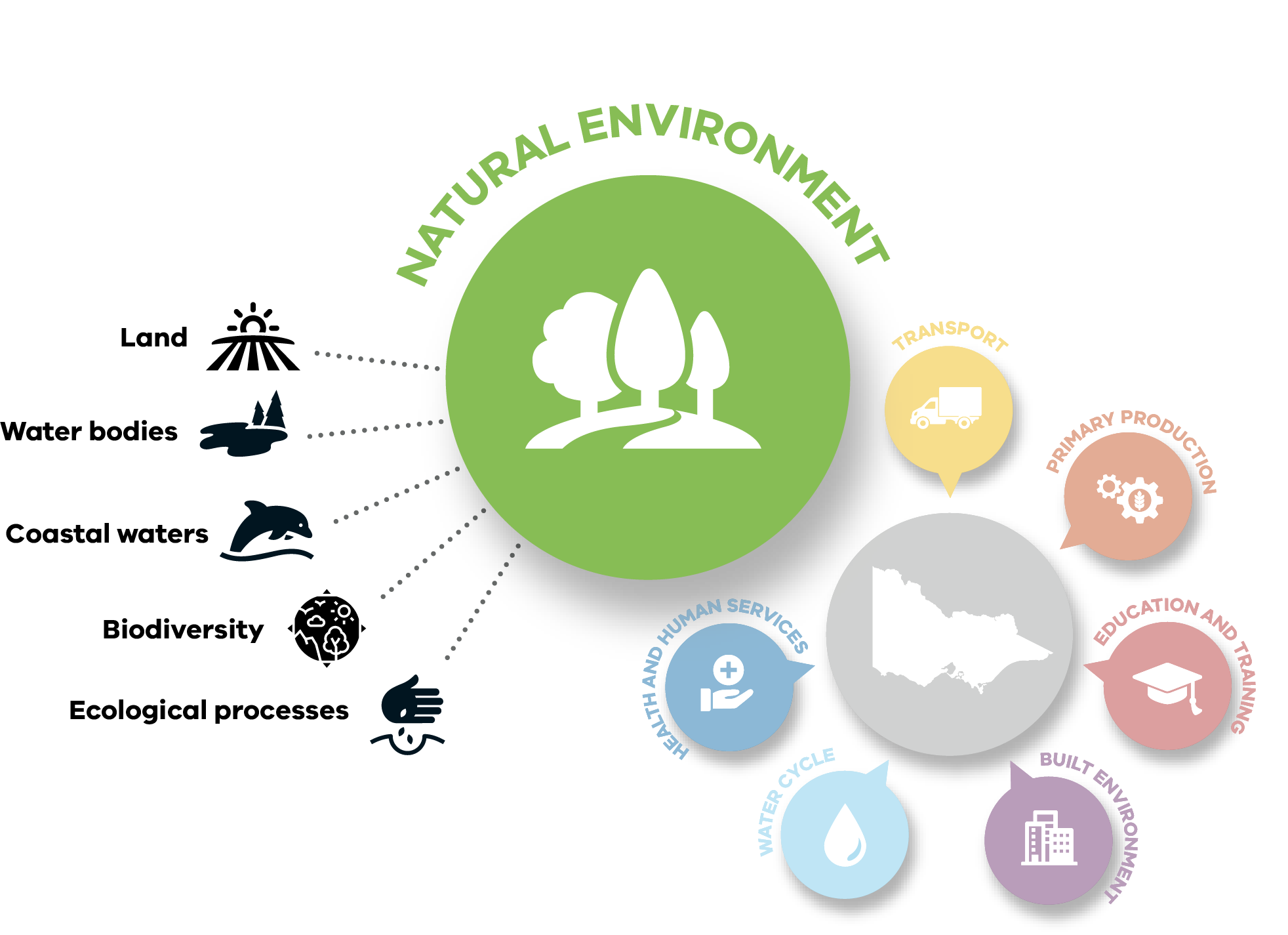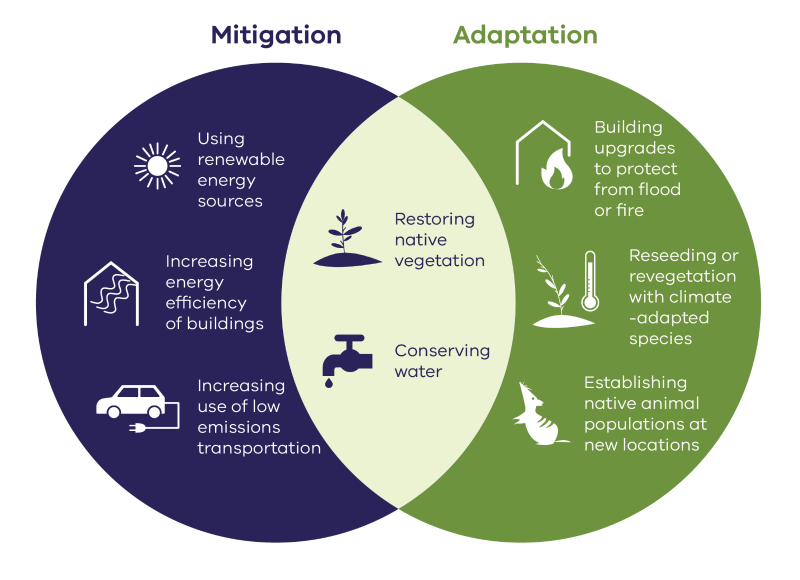Aboriginal acknowledgement
The Department of Environment, Land, Water and Planning (DELWP) proudly acknowledges Victoria’s Aboriginal communities and their rich culture. We honour Elders past, present and emerging whose knowledge and wisdom has ensured the continuation of culture and traditional practices.
We acknowledge and respect Victorian Traditional Owners as the original custodians of Victoria’s land and waters, their unique ability to care for country and deep spiritual connection to it.
We are committed to genuinely partner, and meaningfully engage, with Victoria’s Traditional Owners and Aboriginal communities to support the protection of and connection to Country, the maintenance of spiritual and cultural practices and their goals in the 21st century and beyond.
Minister's foreword
Victoria’s precious natural environment is home to unique plant and animal life, and irreplaceable Aboriginal cultural heritage. It is fundamental to our health and wellbeing, providing clean air and water, pollination, flood mitigation and carbon sequestration.
Climate change represents a profound challenge to this natural environment. We have already started seeing the devastating effects of climate change, particularly with more bushfire danger days, drought, reduced snowfall and increasing marine temperatures.
The Black Summer Bushfires in Victoria of 2019/2020 burned more than 1.5 million hectares of land, significantly impacting biodiversity, particularly in East Gippsland and north-east Victoria. Several warming scenarios will see the weather experienced in the summer 2019-20 as the ‘average summer’ by 2050.
The natural environment has some capacity to adapt to increased fire intensity, warmer temperatures or reduced rainfall. However, this varies across ecosystems and species. To give our precious biodiversity the best chance of success, we need to adapt the way we manage the natural environment.
The Natural Environment Adaptation Action Plan aims to embed climate change adaptation into natural environment management.
The actions in this plan focus on providing decision makers with tools to support flexible, adaptive and robust decision making in conditions of high uncertainty.
Victoria is taking strong action to reduce emissions by halving our emissions by 2030 as we work towards net zero by 2050, but we still need to plan for our future in a changing climate.
As the first 5-year adaptation action plan for the natural environment system, it lays the foundation for good practice adaptation.
The Hon. Lily D’Ambrosio MP
Minister for Energy, Environment and Climate Change
Context
Victoria's natural environments are already experiencing early impacts of a changing climate and these impacts are expected to increase dramatically through this century. There is a need to act now to respond to these challenges to help minimise consequences to the environment, as well as our society and the economy.
In Victoria, action on climate change is underpinned by the Climate Change Act 2017. Victoria’s Climate Change Strategy sets out the Victorian Government’s current action on climate change and guides our next steps. Ministers for seven different systems, including the Natural Environment, are preparing 5-yearly climate change Adaptation Action Plans. This is the Natural Environment AAP (this Plan). Adaptation Action Plans are also being prepared for Transport, Primary Production, Education and Training, Built Environment, Water Cycle, and Health and Human Services.

This Plan aims to establish practices, systems, and knowledge to enable Victoria’s natural systems to adapt to climate impacts. It will embed climate change adaptation into natural environment management by guiding planning in regional and place-based plans that manage specific areas, species and ecosystems.
Adaptation compared to mitigation
Responding to climate change requires both mitigation and adaptation. Mitigation is about limiting the amount of climate change by reducing greenhouse gas emissions (for example, from burning fossil fuels) or enhancing the ‘sinks’ that accumulate and store greenhouse gases (such as increasing carbon sequestration in forests, mangroves and soil). Adaptation is about adjusting to life in a changing climate or preparing for future changes.
Mitigation is critical to avoiding catastrophic climate change. However, even with the deepest cuts to carbon emissions some climate change is unavoidable.
Adaptation is key to responding to these unavoidable changes. Some example mitigation and adaptation actions are provided below.
There are some actions that contribute to both reducing greenhouse gas emissions (mitigation) and to helping reduce the impact climate change has on society, the economy or the environment (adaptation).

Mitigation has clearly defined targets where the relative contributions of different actions to achieving these targets can be measured. In contrast, adaptation does not have an end-point – it is a continuous process of change that all parts of government need to consider in the design and implementation of policy.
Undertaking adaptation in how we manage the natural environment is essential to understanding how Victoria’s landscapes will change, where and how we can intervene to improve resilience, and ensuring naturally occurring adaptation is beneficial to ecosystems and communities.
Page last updated: 04/09/23